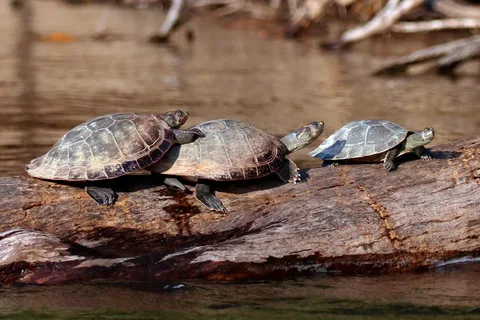Cephalopods: Masters of Disguise
Squids
Cephalopods, a group that includes squid, octopus, cuttlefish, and nautilus, are renowned for their remarkable ability to change color and texture. This incredible adaptation serves multiple purposes, primarily camouflage and communication.
Their mastery of disguise stems from specialized pigment-containing cells called chromatophores. Each chromatophore is a sac filled with pigment surrounded by radial muscles controlled by the cephalopod’s nervous system. By contracting or relaxing these muscles, they can expand or contract the chromatophores, altering the amount of pigment displayed and creating a wide range of colors and patterns.
Adding to their visual repertoire, cephalopods possess iridophores, which reflect light like tiny mirrors, producing iridescent hues. Leucophores scatter light, creating white or reflective areas. These cells work in concert with the chromatophores to produce stunningly complex color displays.
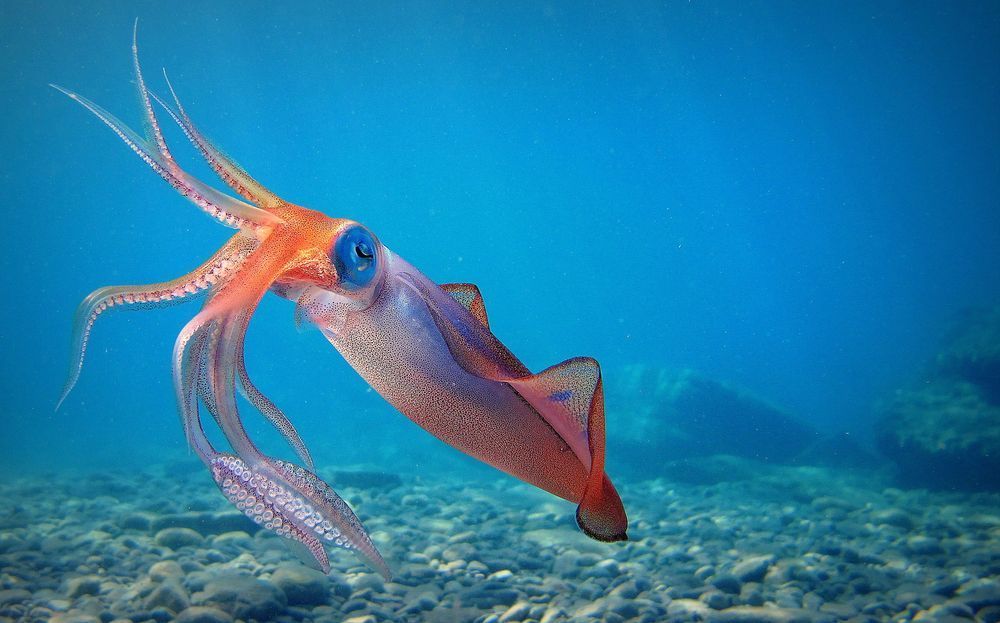
Squid, a highly intelligent and agile group of cephalopods, exhibit exceptional color-changing skills. They use their camouflage abilities to blend seamlessly with their surroundings, whether it’s the ocean floor, coral reefs, or even open water. This allows them to ambush prey or evade predators with remarkable stealth.
Beyond camouflage, squid employ color changes for communication. They flash intricate patterns and rapidly change hues to convey messages to potential mates, establish dominance within their social groups, or warn rivals of danger.
The intricate interplay of chromatophores, iridophores, and leucophores enables squid to produce a dazzling array of visual signals, making them masters of communication in the underwater world.
Squid’s ability to rapidly change color makes them fascinating subjects for scientific research. Studying their remarkable adaptations offers insights into the evolution of camouflage, communication, and nervous system complexity.
Octopuses
Cephalopods are marine mollusks renowned for their extraordinary ability to change color and texture, making them masters of disguise in the underwater world.
This incredible feat is achieved through specialized pigment-containing cells called chromatophores. These cells, located in layers beneath the skin, contain sacs filled with pigment granules.
By contracting or relaxing these sacs, cephalopods can expand or contract the pigments within them, altering their color instantly. They can also manipulate tiny structures called iridophores, which reflect light to create iridescent effects and further enhance their camouflage.
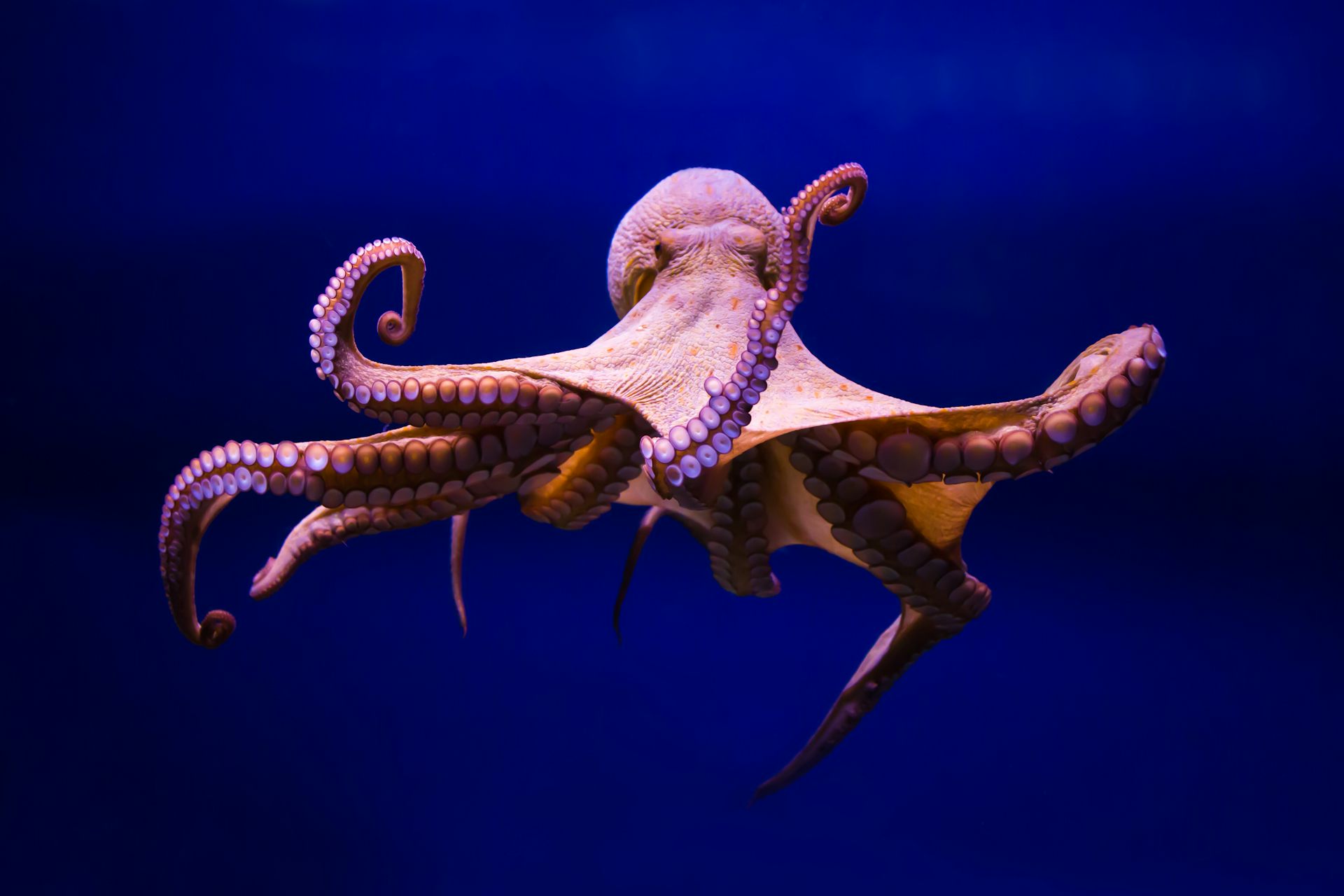
Octopuses, members of the cephalopod family, are particularly adept at color change.
Their highly developed nervous system allows for rapid and precise control over chromatophores, enabling them to blend seamlessly with their surroundings or even mimic the patterns and textures of other animals.
For example, an octopus might turn reddish-brown to match a rocky seabed or adopt the mottled appearance of a venomous lionfish as a defense mechanism.
Octopuses use their camouflage skills for a variety of purposes, including hunting prey, avoiding predators, and communicating with other octopuses. Their ability to change color and texture is truly a remarkable adaptation that underscores the incredible diversity and ingenuity of life on Earth.
Cuttlefish
Cephalopods, a class that includes octopuses, squid, cuttlefish, and nautiluses, are renowned for their incredible ability to change color and texture. This mastery of disguise serves numerous purposes, including camouflage, communication, and even hunting.
Cuttlefish, in particular, are masters of disguise within the cephalopod world. They possess specialized cells called chromatophores that contain pigments and are controlled by complex neural networks.
These chromatophores can expand or contract rapidly, altering the color and pattern displayed on their skin.
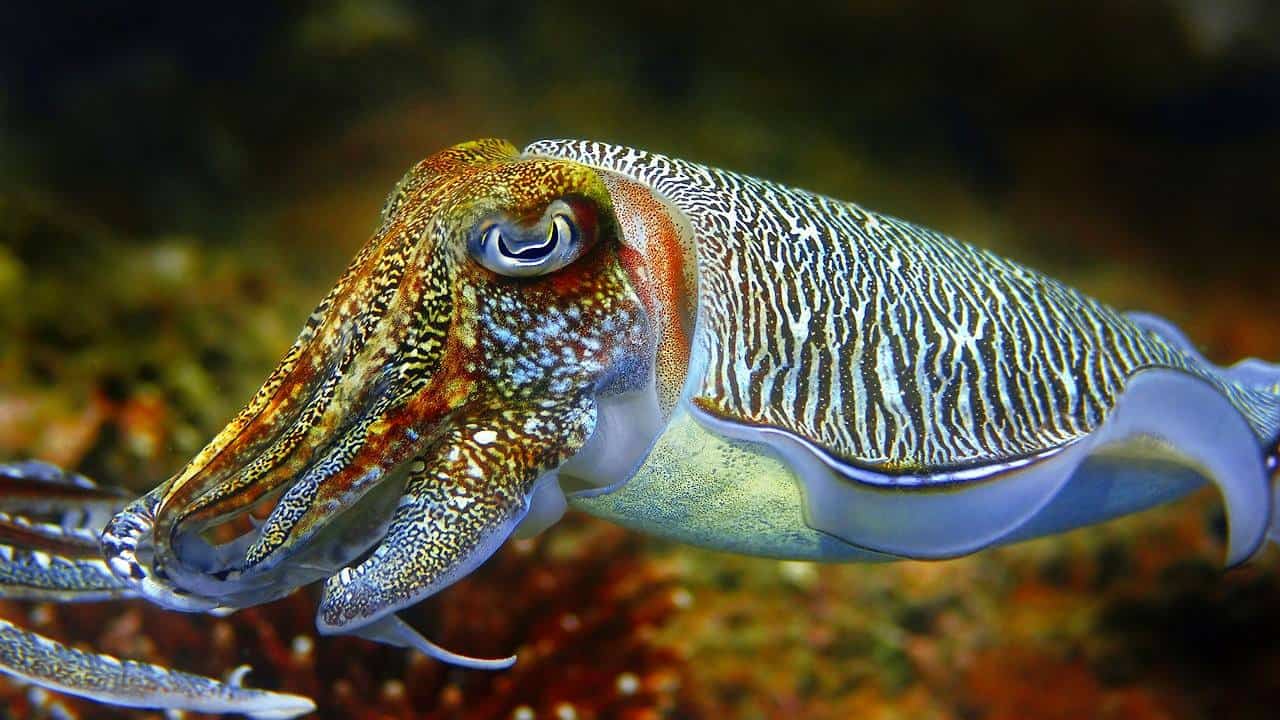
Cuttlefish can mimic the color, texture, and even movement of their surroundings with astonishing accuracy. This remarkable feat allows them to blend seamlessly into coral reefs, sandy bottoms, or even the shadows cast by passing fish.
Their camouflage abilities go beyond simple color matching. Cuttlefish can also create intricate patterns and textures that resemble seaweed, rocks, or other natural objects.
These visual illusions are achieved by manipulating the arrangement of their chromatophores, along with specialized cells called iridophores, which reflect light to produce iridescent colors and shimmering effects.
By seamlessly blending into their surroundings, cuttlefish avoid detection by both predators and prey. This ability is crucial for their survival in the dynamic underwater environment.
Reptiles: Adapting to Their Surroundings
Chameleons
Reptiles are a fascinating group of animals known for their incredible adaptability to diverse environments. Their success can be attributed to a suite of remarkable adaptations, many of which allow them to thrive in habitats ranging from scorching deserts to frigid tundra. One particularly striking example of reptilian adaptation is found in chameleons.
Chameleons, renowned for their color-changing abilities, are masters of camouflage. Their skin contains specialized cells called chromatophores, which contain pigments. By expanding or contracting these cells, chameleons can rapidly alter the distribution and concentration of pigments, resulting in a dazzling array of colors and patterns.
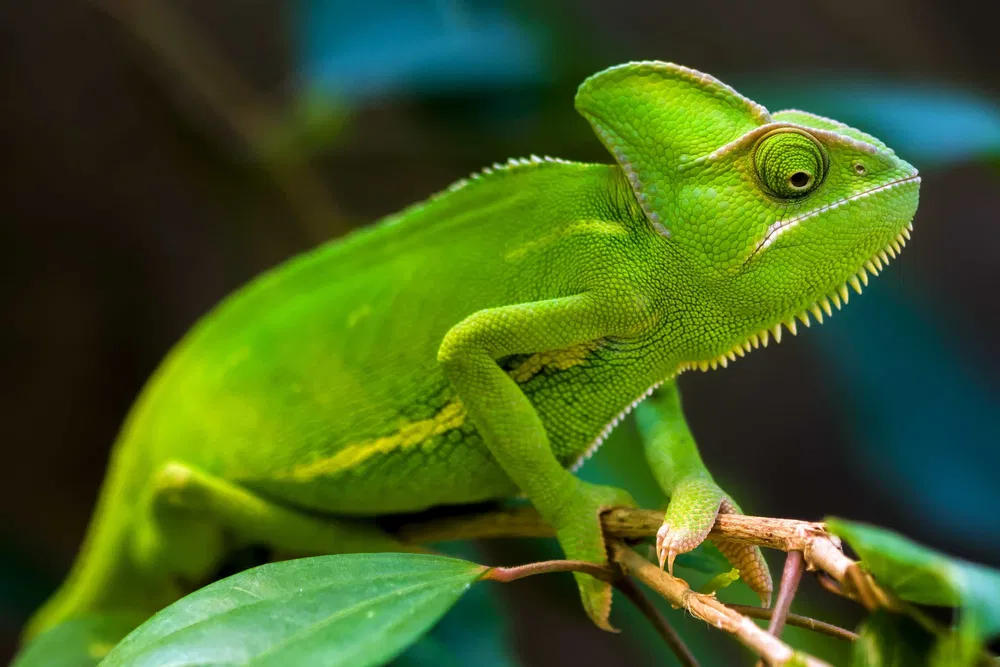
These color shifts serve several crucial functions. Primarily, camouflage helps chameleons blend seamlessly into their surroundings, effectively concealing them from both predators and prey. A chameleon perched on a leafy branch might turn green to match the foliage, while one resting on a rocky outcrop could adopt a mottled brown or gray pattern.
Beyond camouflage, chameleons also use their color-changing abilities for communication. Different colors and patterns can signal mood, territoriality, or even courtship intentions. For example, a male chameleon might display vibrant hues to attract a mate or intimidate rivals.
The chameleon’s adaptability extends beyond its coloration. Their zygodactylous feet—with two toes pointing forward and two backward—provide exceptional grip on branches and allow them to move with remarkable agility through the trees. Furthermore, their independently rotating eyes offer a wide field of vision, enabling them to scan for threats or potential prey from any angle.
In essence, chameleons embody the epitome of reptilian adaptation. Their ability to change color, combined with their specialized feet and keen eyesight, allows them to thrive in diverse habitats, showcasing the remarkable diversity and ingenuity of the reptile kingdom.
Anoles
Reptiles are a fascinating group of animals known for their incredible adaptations to diverse environments. From the scorching deserts to lush rainforests, reptiles have evolved remarkable physiological and behavioral traits to survive and thrive in their surroundings.
One such adaptation is color change. While not all reptiles can change color, many species, particularly lizards, possess this ability. Color change serves a variety of purposes, including camouflage, communication, and thermoregulation.
Anoles, a diverse group of lizards found primarily in the Americas, are well-known for their remarkable color-changing abilities. These small, agile lizards exhibit vibrant hues that can shift dramatically depending on factors such as mood, temperature, and social interactions.
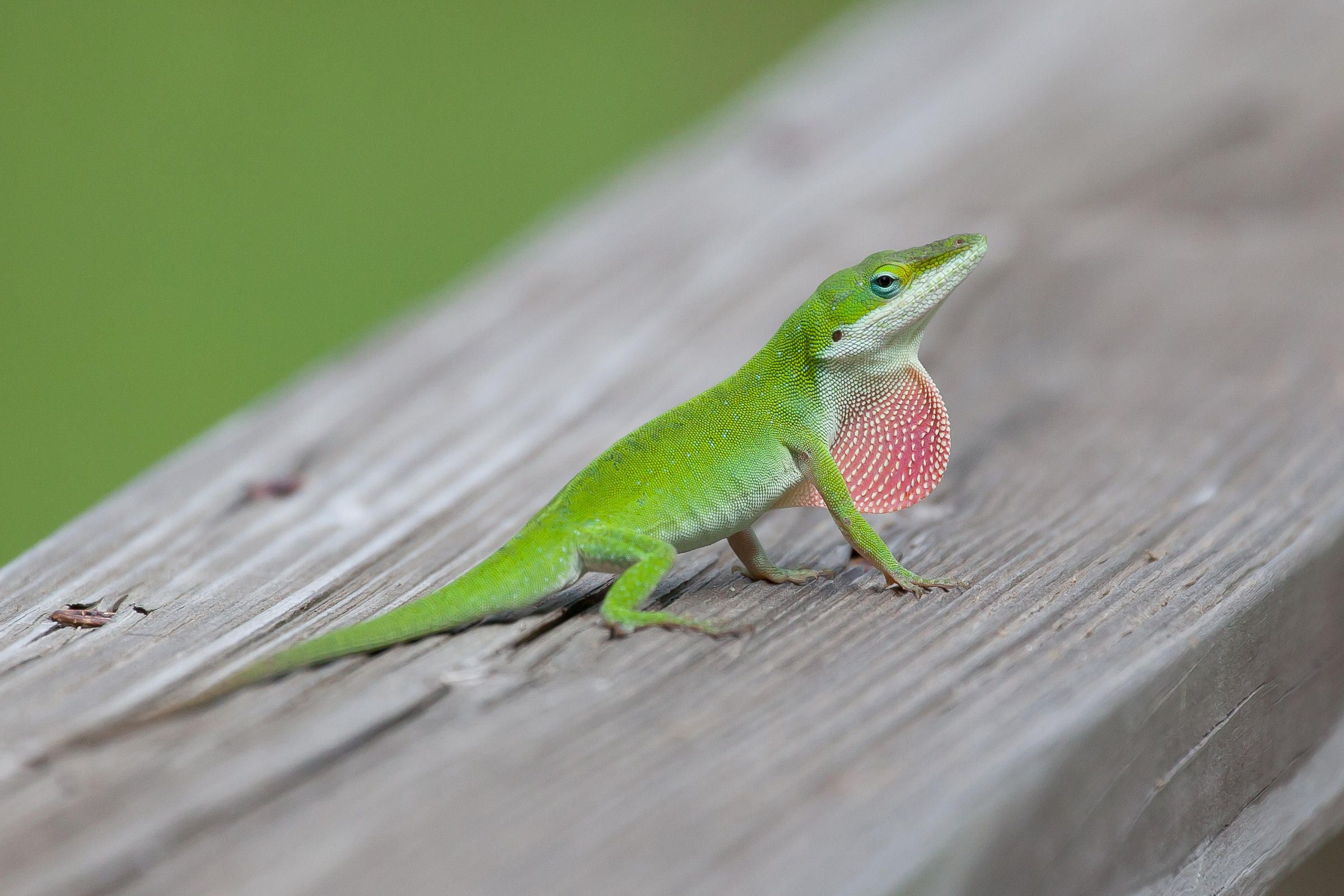
The pigment cells responsible for anole’s color change, called chromatophores, are located in layers within the skin. These chromatophores contain different pigments, including melanin (brown/black), carotenoids (reds, yellows), and pteridines (blues, greens). By expanding or contracting these pigment-filled sacs, anoles can control the amount of each color displayed.
Anoles’ color change is a complex interplay between physiological and environmental cues. For instance, when threatened, some species rapidly darken their colors to appear larger and more intimidating to predators. Conversely, during courtship displays, males may flash bright, vibrant hues to attract females.
Thermoregulation also plays a role in anole color change. When exposed to sunlight, anoles can lighten their colors to reflect more heat, preventing overheating. In cooler temperatures, they may darken their colors to absorb more heat from the environment.
The fascinating world of anole color change highlights the incredible adaptability and resilience of reptiles. These tiny creatures demonstrate how evolution has shaped remarkable physiological mechanisms that enable them to navigate and thrive in diverse and challenging environments.
Fish: Blending In with the Reef
Flounder
Flounders are masters of disguise, perfectly camouflaging themselves with their surroundings to avoid predators and ambush prey. These flatfish have specialized skin cells called chromatophores that contain pigments. By expanding or contracting these pigment sacs, flounders can rapidly change the color and pattern of their bodies to match the colors and textures of the seabed.
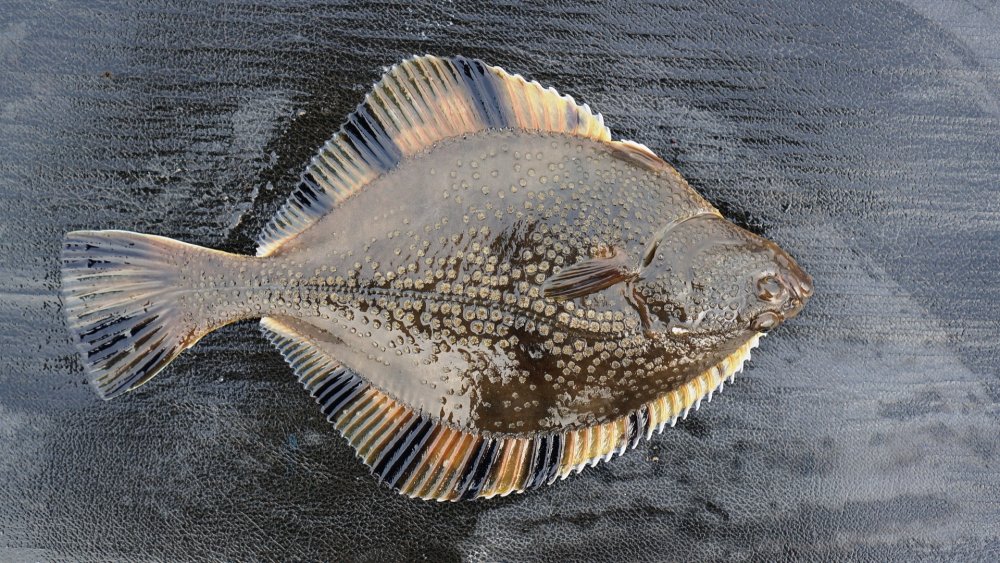
Living in shallow reefs or sandy bottoms, flounders blend seamlessly with the colorful corals and rocks, or the dappled patterns of sand. This ability is crucial for their survival, allowing them to lie motionless and patiently wait for unsuspecting fish or crustaceans to come within striking distance.
Flounders don’t just change color; they also adjust their body shape to further enhance their camouflage. As they lie on the seabed, their bodies flatten against the surface, making them virtually invisible.
Seahorses
Fish living on coral reefs are masters of disguise, employing a remarkable array of camouflage techniques to blend seamlessly with their surroundings. This adaptation is crucial for both survival and hunting. For predators, mimicking the colors and patterns of coral, algae, or rocks provides excellent protection from unsuspecting prey. Conversely, ambush predators like lionfish use coloration to blend in, allowing them to lie in wait and pounce on unsuspecting victims.
One fascinating example is the mimic octopus, which can change its skin texture, shape, and color to impersonate other animals entirely. It might transform into a venomous lionfish or even resemble a flounder resting on the seabed. This incredible flexibility allows it to deceive predators and prey alike.
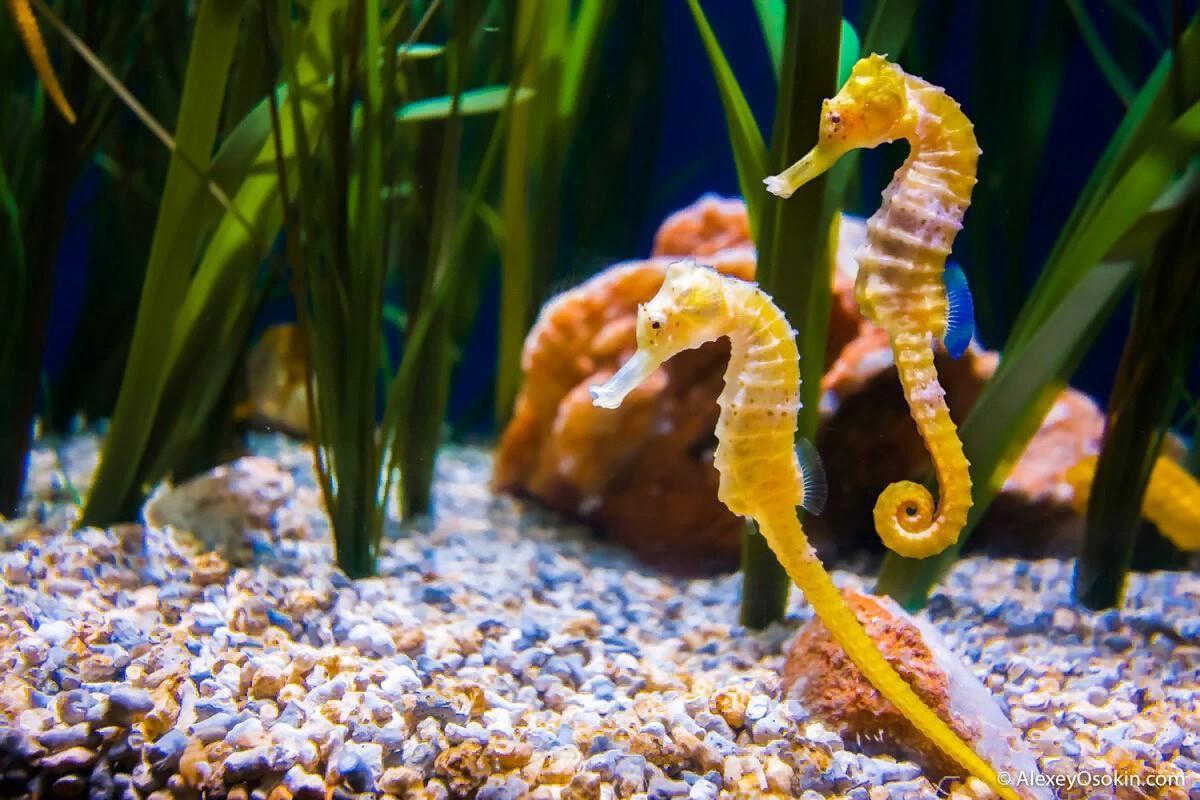
Seahorses, with their unique horse-like heads and prehensile tails, are another group of fish renowned for their camouflage abilities. They inhabit shallow, grassy meadows where they blend in with the swaying seaweed and coral rubble. Their coloration varies depending on their environment, often matching the hues of their surroundings.
Seahorses also possess specialized cells called chromatophores that enable them to rapidly change color. These pigments can expand or contract, altering the shade displayed by the seahorse. This allows them to adjust their camouflage based on lighting conditions and surrounding vegetation.
Guppies
Fish are masters of disguise, especially those living among coral reefs. Their ability to blend seamlessly with their surroundings is a crucial survival tactic, helping them evade predators and ambush prey. This remarkable camouflage is achieved through specialized pigment cells called chromatophores, which contain sacs of colored pigments.
A prime example of this color-changing prowess is the guppy (Poecilia reticulata). These vibrant little fish inhabit freshwater streams and rivers in South America, displaying a dazzling array of colors and patterns. While their appearance varies widely between species and populations, male guppies are particularly known for their flamboyant displays.
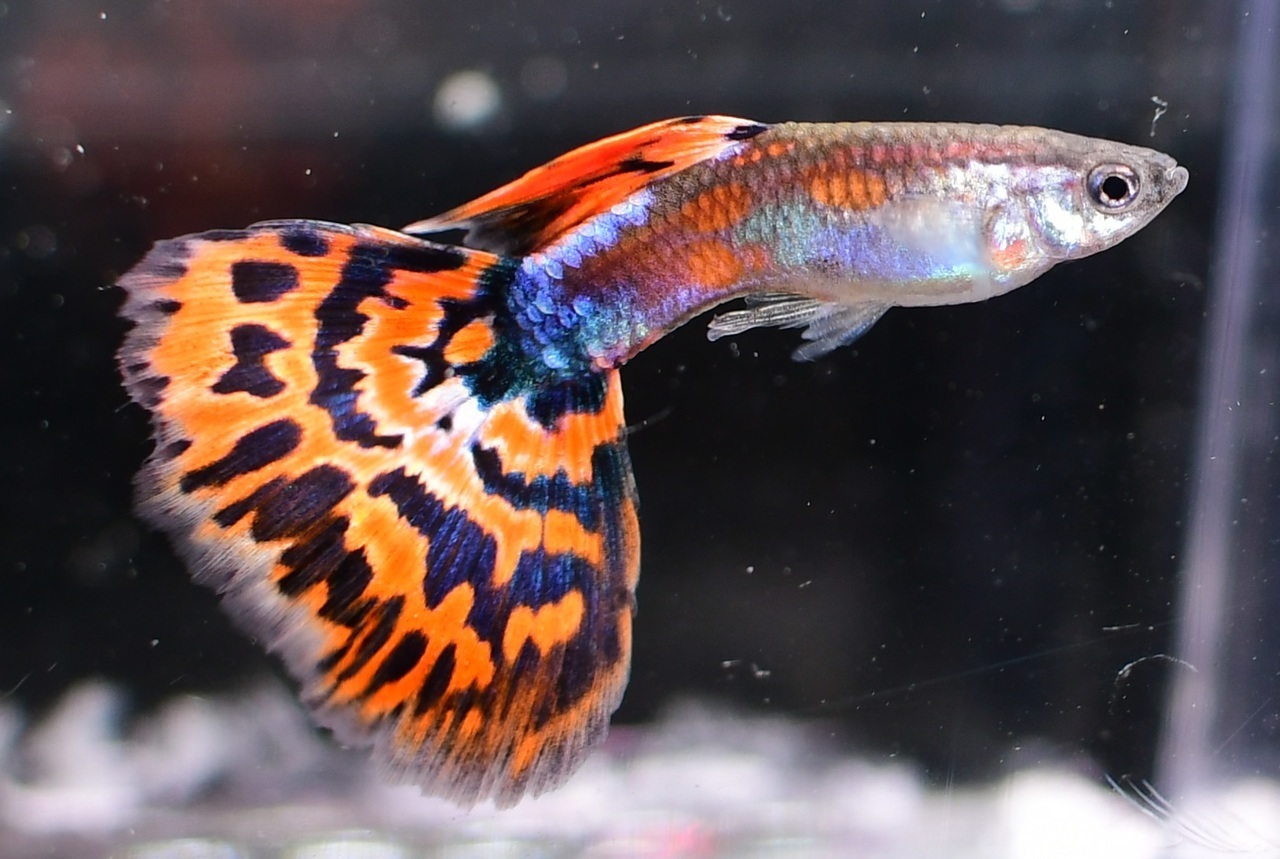
Male guppies sport vivid orange, red, green, and blue spots and stripes, each pattern acting as a signal to attract females. Their brilliant colors also serve as a warning to potential rivals, showcasing their genetic fitness. But when it comes to staying safe, these dazzling guppies can turn surprisingly drab.
When threatened, guppies can rapidly adjust the distribution of pigments within their chromatophores. This allows them to blend into the background, effectively disappearing from view. In addition to changing color, they may also alter their posture and movement patterns, further enhancing their camouflage.
The chameleon-like abilities of guppies demonstrate the power of natural selection. Their ability to switch between vibrant displays and subtle camouflage ensures their survival in a dynamic and challenging environment. From attracting mates to evading predators, color change is a vital tool in the guppy’s arsenal.
- 10 Fascinating Facts About Caribbean Culture - September 30, 2024
- 10 Countries Without Universal Healthcare - September 30, 2024
- 10 Examples Of Genetic Hybrids - September 30, 2024



